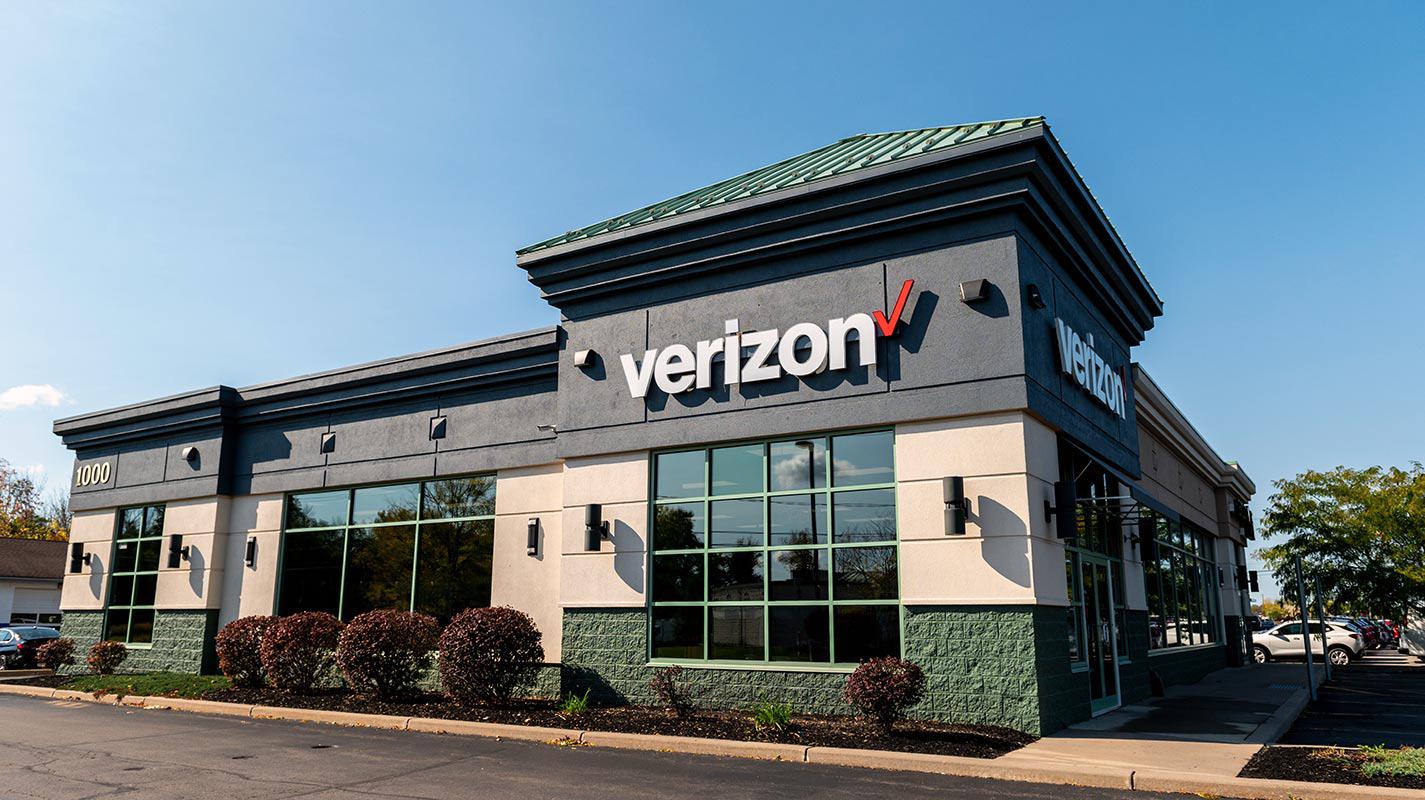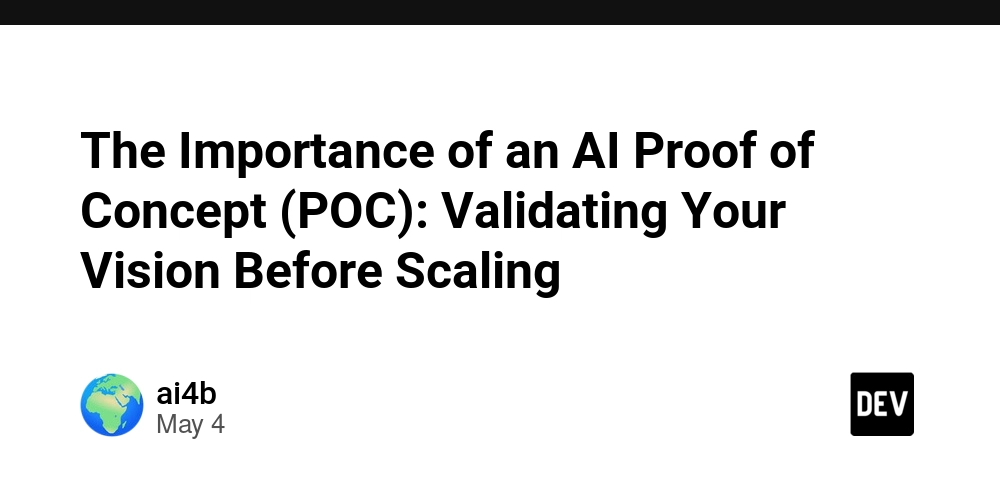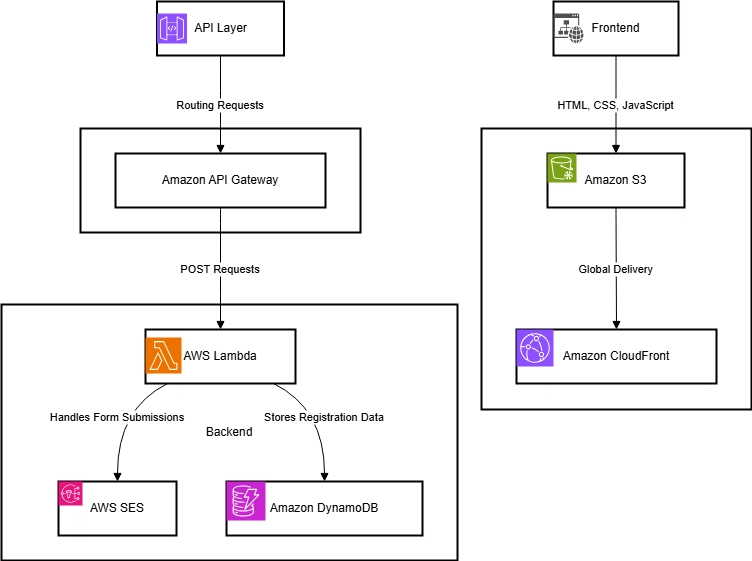Software Sustainability: A Comprehensive Guide for a Resilient Digital Future
Abstract Software sustainability is emerging as a strategic imperative in our digital age. This post synthesizes technical best practices, environmental innovations, economic funding models, and social governance to guide developers, corporations, and communities toward creating software that remains adaptable, resilient, and responsible over time. By integrating agile methodologies, microservices, green coding, open source funding, and ethical governance, this guide offers an extensive overview of how to build long-term digital infrastructures. We explore background context, core features, real-world applications, challenges and limitations, and future trends while weaving authoritative resources and related insights from sources like the Green Software Foundation, Sustainable Funding for Open Source, Open Source Sponsorship, and more. For further insights, check out the original article on Software Sustainability. Introduction The rapid pace of technological innovation demands that software not only addresses current needs but is also built to evolve continuously over time. Software sustainability ensures that digital products remain maintainable, efficient, and responsible. By merging development practices, community governance, green initiatives, and funding strategies, stakeholders can craft systems that are robust and ethically aligned. This post details key areas necessary for achieving sustainable software development by examining technical frameworks, ecological strategies, funding models, and social inclusion tasks. Keywords such as sustainable software engineering, green software, open source funding, ethical governance, and decentralized scalability are integrated throughout the post to serve both human readers and search engine crawlers. Background and Context Software has shifted from monolithic legacy systems to agile and modular architectures. The evolution began with traditional waterfall methods and developed into agile practices, continuous integration, and today’s microservices culture. This architectural evolution is critical for sustainability because it reduces technical debt, facilitates easier upgrades, and supports a resilient future for digital ecosystems. Historically, software projects struggled with maintenance, security flaws, and environmental inefficiencies. The need for sustainable development practices became evident as ecological concerns and economic pressures grew. Today’s initiatives, such as those advocated by the Green Software Foundation, focus on creating energy-efficient code and integrating renewable energy sources in data centers. By combining technical adaptability with ecological responsibility, economic sustainability, and social inclusion, software projects can reduce downtime, mitigate environmental impact, and foster community engagement. The Ecosystem of Sustainable Software Modern sustainable software initiatives encompass several interrelated components: Technical Sustainability: Leveraging agile methodologies, modular architectures, and automated testing to reduce downtime and improve code quality. Ecological Sustainability: Applying green software techniques that aim to reduce energy consumption and lower carbon emissions. Economic Sustainability: Utilizing funding models such as open source sponsorship and community grants to secure the financial future of projects. Social Sustainability: Ensuring inclusive design and ethical practices, where all users benefit, and community contributions are fairly recognized. This holistic approach forms the backbone of a resilient digital ecosystem that supports innovation, accountability, and efficiency. Core Concepts and Features Technical Sustainability Technical sustainability focuses on the following aspects: Agile Methodologies & Iterative Development: Agile practices allow teams to release updates faster through iterative cycles. The incorporation of continuous integration and continuous deployment (CI/CD) pipelines enables software to adapt instantly to changing requirements. This agile mindset decreases technical debt and increases overall code quality. Modular and Microservices Architecture: Breaking down a monolithic system into modular microservices facilitates independent scaling and maintenance. With this approach, developers can roll out updates incrementally without disrupting the entire system. Automated Testing and Continuous Delivery: Automated testing ensures code reliability while rapid deployment pipelines maintain system continuity. Tools and practices incorporated in sustainable development include unit testing, integration testing, and automated error detection. Ecological Sustainability Green software practices contribute to sustainability in several ways: Energy-Efficient Algorithms: Optimized code and resource management reduce computational overhead and energy consumption. Such practic
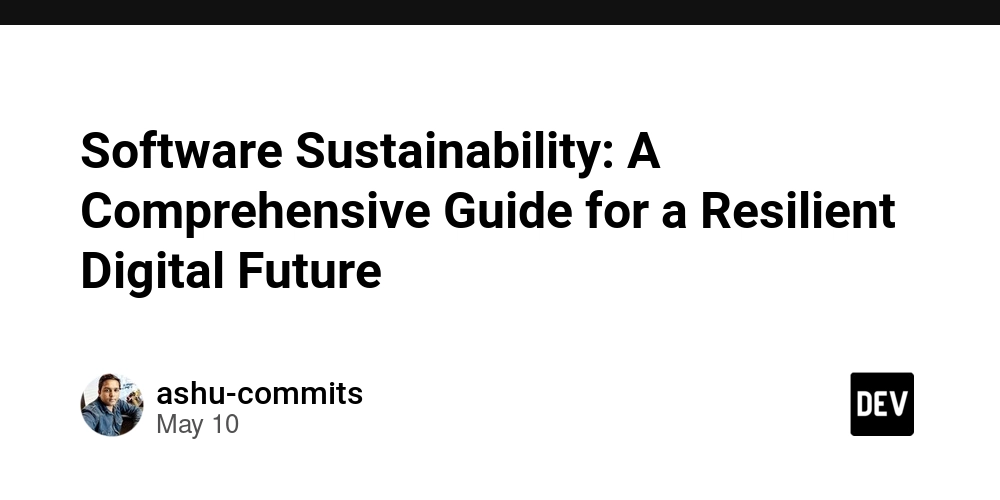
Abstract
Software sustainability is emerging as a strategic imperative in our digital age. This post synthesizes technical best practices, environmental innovations, economic funding models, and social governance to guide developers, corporations, and communities toward creating software that remains adaptable, resilient, and responsible over time. By integrating agile methodologies, microservices, green coding, open source funding, and ethical governance, this guide offers an extensive overview of how to build long-term digital infrastructures. We explore background context, core features, real-world applications, challenges and limitations, and future trends while weaving authoritative resources and related insights from sources like the Green Software Foundation, Sustainable Funding for Open Source, Open Source Sponsorship, and more. For further insights, check out the original article on Software Sustainability.
Introduction
The rapid pace of technological innovation demands that software not only addresses current needs but is also built to evolve continuously over time. Software sustainability ensures that digital products remain maintainable, efficient, and responsible. By merging development practices, community governance, green initiatives, and funding strategies, stakeholders can craft systems that are robust and ethically aligned. This post details key areas necessary for achieving sustainable software development by examining technical frameworks, ecological strategies, funding models, and social inclusion tasks. Keywords such as sustainable software engineering, green software, open source funding, ethical governance, and decentralized scalability are integrated throughout the post to serve both human readers and search engine crawlers.
Background and Context
Software has shifted from monolithic legacy systems to agile and modular architectures. The evolution began with traditional waterfall methods and developed into agile practices, continuous integration, and today’s microservices culture. This architectural evolution is critical for sustainability because it reduces technical debt, facilitates easier upgrades, and supports a resilient future for digital ecosystems.
Historically, software projects struggled with maintenance, security flaws, and environmental inefficiencies. The need for sustainable development practices became evident as ecological concerns and economic pressures grew. Today’s initiatives, such as those advocated by the Green Software Foundation, focus on creating energy-efficient code and integrating renewable energy sources in data centers. By combining technical adaptability with ecological responsibility, economic sustainability, and social inclusion, software projects can reduce downtime, mitigate environmental impact, and foster community engagement.
The Ecosystem of Sustainable Software
Modern sustainable software initiatives encompass several interrelated components:
- Technical Sustainability: Leveraging agile methodologies, modular architectures, and automated testing to reduce downtime and improve code quality.
- Ecological Sustainability: Applying green software techniques that aim to reduce energy consumption and lower carbon emissions.
- Economic Sustainability: Utilizing funding models such as open source sponsorship and community grants to secure the financial future of projects.
- Social Sustainability: Ensuring inclusive design and ethical practices, where all users benefit, and community contributions are fairly recognized.
This holistic approach forms the backbone of a resilient digital ecosystem that supports innovation, accountability, and efficiency.
Core Concepts and Features
Technical Sustainability
Technical sustainability focuses on the following aspects:
Agile Methodologies & Iterative Development:
Agile practices allow teams to release updates faster through iterative cycles. The incorporation of continuous integration and continuous deployment (CI/CD) pipelines enables software to adapt instantly to changing requirements. This agile mindset decreases technical debt and increases overall code quality.Modular and Microservices Architecture:
Breaking down a monolithic system into modular microservices facilitates independent scaling and maintenance. With this approach, developers can roll out updates incrementally without disrupting the entire system.Automated Testing and Continuous Delivery:
Automated testing ensures code reliability while rapid deployment pipelines maintain system continuity. Tools and practices incorporated in sustainable development include unit testing, integration testing, and automated error detection.
Ecological Sustainability
Green software practices contribute to sustainability in several ways:
Energy-Efficient Algorithms:
Optimized code and resource management reduce computational overhead and energy consumption. Such practices help in lowering the carbon footprint of digital infrastructure.Integration with Renewable Energy:
Companies worldwide are adopting infrastructures powered by renewable energy sources. This shift not only reduces environmental impact but also aligns with global green initiatives.Green Software Initiatives:
Organizations like the Green Software Foundation advocate for practices that reduce energy usage and promote sustainable data center operations.
Economic Sustainability
The economic viability of software projects is crucial to their long-term success. Key strategies include:
Open Source Funding Models:
Community and corporate sponsorships ensure a stable financial foundation. Resources such as Sustainable Funding for Open Source provide guidelines on leveraging funding tools like crowdfunding, sponsorship, and grants.Multi-Stream Revenue Models:
By combining donations, corporate partnerships, and token-based sponsorship models, projects can secure diversified revenue streams. Sustainable funding methods support the continuous development and maintenance of critical software.Developer Support Programs:
Encouraging community participation through financial aid, training, and recognition programs helps cultivate a nurturing ecosystem. Initiatives that highlight Open Source Sponsorship are instrumental in maintaining active contributor engagement.
Social Sustainability
Equitable and ethical software practices are at the core of social sustainability:
Inclusive and Ethical Design:
Software must be accessible to all users regardless of socio-economic or cultural background. Guidelines provided by IEEE's Ethical Software help developers create robust systems that guard data privacy, support fairness, and promote transparency.Community Governance and Open Collaboration:
Decentralized governance models allow community members to contribute to decision-making, ensuring a transparent and meritocratic development process. Insights on community management can be found in articles like Decentralized Governance in Open Source.Volunteer Contributions and Peer Recognition:
Unpaid volunteer work is pivotal in advancing open source projects. Programs that encourage participation also focus on recognition of contributions, thereby driving long-term sustainability. Read more about Unpaid Volunteer Work to understand the value of community-led projects.
Table: Sustainability Domains Overview
| Domain | Key Features | Primary Benefits |
|---|---|---|
| Technical | Agile methodologies, microservices, automated testing | Faster deployment, easier maintenance, reduced tech debt |
| Ecological | Energy-efficient algorithms, renewable energy integration, green software initiatives | Lower energy consumption, reduced carbon footprint |
| Economic | Open source funding, multiple revenue streams, developer support programs | Financial stability, continuous innovation |
| Social | Inclusive design, ethical standards, community governance | Fairness, transparency, enhanced community collaboration |
Applications and Use Cases
Use Case 1: Open Source Software Ecosystems
Open source communities such as Linux, Kubernetes, and Apache have thrived by implementing sustainable practices:
- Technical Resilience: These projects employ agile methodologies together with modern microservices architectures that favor continuous integration and updates. This enables them to meet evolving user requirements without significant overhauls.
- Funding and Community Support: Many open source initiatives benefit from diversified funding channels like sponsorship programs and open source grants. Strategies documented in Sustainable Funding for Open Source are instrumental in keeping these projects active.
- Volunteer Engagement: The success of open source ecosystems depends heavily on community contributions. Collaborative efforts, as seen in Unpaid Volunteer Work, ensure that projects receive continuous updates and returns.
Use Case 2: Blockchain and Decentralized Platforms
Blockchain projects, such as those built on Ethereum and Arbitrum, illustrate how sustainability can be integrated within emerging technologies:
- Scalability through Microservices: Projects like Scaling Ethereum with Arbitrum demonstrate how the microservices architecture supports scalability and robust performance in decentralized environments.
- Decentralized Governance Models: Blockchain projects enforce transparency and security via decentralized governance, ensuring all participants have a voice in decision-making.
- Innovative Funding Mechanisms: In the blockchain space, token-based funding models and decentralized grants have emerged, ensuring economic sustainability for new projects. This area is closely tied to evolving open source funding frameworks and community support channels.
Use Case 3: Corporate Software Initiatives
Large enterprises are increasingly embracing sustainable practices in their software development:
- Modernization of Legacy Systems: Corporations are integrating agile methodologies into their legacy systems, ensuring that important digital assets remain competitive.
- Eco-Friendly Data Centers: Investments in renewable energy-powered data centers and energy-efficient programming practices contribute significantly to a reduced environmental footprint.
- Ethical and Inclusive Policies: Companies are now focusing on user privacy, data protection, and inclusive design, aligning themselves with industry standards like those recommended by IEEE’s Ethical Software.
Key Benefits in a Bullet List:
- Robust and agile development processes ensuring constant evolution and real-time responsiveness.
- Modular architectures that promote easy scaling and maintenance.
- Energy-efficient operations to lower environmental impact.
- Diverse, stable funding sources that support long-term project stability.
- Inclusive and ethical design practices that ensure fairness and user satisfaction.
Challenges and Limitations
Despite the many benefits, sustainable software development faces several challenges:
Technical Challenges
- Legacy System Integration: Modernizing outdated systems to incorporate agile methodologies and modular designs can be resource-intensive and complex.
- Automated Testing Complexities: While CI/CD pipelines are essential, they require significant setup and maintenance to ensure smooth integration across various subsystems.
- Rapid Technological Evolution: Continuous changes in technology mean that software must constantly adapt without becoming obsolete.
Economic Challenges
- Funding Inconsistencies: Open source projects often rely on variable financial support. Fluctuating contributions can stall innovation and maintenance cycles.
- Project Forking and Fragmentation: Financial and community challenges can lead to project forks that fragment resources and dilute efforts. Information on these risks is discussed in Software Project Forking.
- Resource Allocation: Balancing funds between innovation, maintenance, and community support remains a persistent obstacle.
Social and Governance Challenges
- Inclusive Design Difficulties: Building software that meets the diverse needs of all users requires extra planning, testing, and input from a wide array of stakeholders.
- Ethical Dilemmas: As data privacy, consent, and digital fairness become more complex, defining clear ethical guidelines is challenging.
- Decentralized Decision-Making: While empowering communities, decentralized governance can slow decision-making and lead to conflicts or fragmentation in vision.
Table: Key Challenges and Proposed Solutions
| Challenge Area | Primary Issues | Potential Solutions |
|---|---|---|
| Technical | Legacy system modernization, integration, rapid evolution | Gradual refactoring, robust automated testing, and agile best practices |
| Economic | Funding fluctuations, project forking, resource allocation | Diversified revenue streams, sustainable funding models, and clear fiscal policies |
| Social and Governance | Inclusive design, ethical dilemmas, decentralized delays | Standardized ethical guidelines, community engagement, and transparent governance |
Future Outlook and Innovations
Looking ahead, several trends and innovations are poised to shape software sustainability:
Advancements in AI and Automation:
Artificial intelligence will increasingly drive automated testing, bug fixing, and performance optimizations—enabling even leaner, self-healing codebases.Next-Generation Blockchain Scalability:
As blockchain projects continue to scale, emerging solutions for cross-chain interoperability and Layer 3 scalability, such as those featured in Scaling Ethereum with Arbitrum, will further advance sustainable practices.Enhanced Funding Platforms and Tokenization:
Innovative funding platforms and token-based models for open source software will likely expand, integrating mechanisms like decentralized grants and corporate partnerships. Additionally, insights from Open Source Funding Workshops for Developers highlight the pivot toward community-driven economic models.Ethical Frameworks and Governance Innovations:
In response to growing concerns over data privacy and fairness, inclusive and ethical design frameworks will evolve. With contributions from organizations such as IEEE’s Ethical Software, these standards will continuously improve.Open Collaboration and Global Community Engagement:
Open source communities will expand as collaborative platforms enable better communication and participation. Articles like Navigating the Path to Blockchain Scalability and others further explore how decentralized governance and community-led innovations are transforming the software landscape.
Summary
Software sustainability is a holistic framework that empowers us to build robust, environmentally friendly, economically viable, and socially equitable digital solutions. By integrating agile methodologies, modular microservices, automated testing, green software practices, and open source funding models, organizations can ensure that software remains resilient and adaptable to change. Although challenges exist—ranging from legacy system integration to funding fluctuations—the future holds promising technological innovations, ethical frameworks, and community governance models.
Key Takeaways in a Bullet List:
- Agile and Modular Approaches: Enhance technical resilience and reduce technical debt.
- Green Software Design: Prioritize energy efficiency and minimal environmental impact.
- Diversified Funding: Secure financial sustainability through open source sponsorship, corporate partnerships, and community grants.
- Inclusive Governance: Empower communities through decentralized decision-making and ethical frameworks.
- Future-Proofing through AI and Blockchain: Leverage emerging technologies to ensure continuous evolution and scalability.
As we embrace the principles discussed in this post and the original article on Software Sustainability, it becomes clear that a concerted effort across technical, ecological, economic, and social dimensions is required. By doing so, developers and organizations will not only build robust systems but also drive positive change in our increasingly complex digital ecosystem.
For further insights, check out related resources such as:
Additional perspectives from the developer community can be found in posts such as:
- Exploring the Cyberwarfare Potential of Lil Pudgy’s NFTs
- Unlocking Funding for the Convergence of Blockchain and IoT
- Navigating the Complexities of the Apache License in Software Development
Conclusion
In summary, sustainable software development provides a roadmap for creating digital tools that are not only technically exceptional but also ecologically responsible, economically sound, and socially inclusive. The integration of agile practices, green coding, innovative funding models, and ethical governance sets the stage for a resilient digital future. As technology continues to evolve rapidly, our commitment to software sustainability will determine our ability to innovate responsibly and build systems that stand the test of time.
Embrace the sustainability movement by implementing these practices in your projects. Whether you're a developer, a project manager, or an organizational leader, investing in sustainability today means a robust and responsible digital ecosystem tomorrow.
By understanding and applying the core principles detailed above, we can ensure that our software remains robust, scalable, and ethical—benefiting current users and paving the way for future innovations.
With this comprehensive guide, we hope you have gained actionable insights into building sustainable software. Let’s commit to practices that not only push the boundaries of innovation but also safeguard our planet and society for generations to come. Happy coding!










































































































































































![[The AI Show Episode 146]: Rise of “AI-First” Companies, AI Job Disruption, GPT-4o Update Gets Rolled Back, How Big Consulting Firms Use AI, and Meta AI App](https://www.marketingaiinstitute.com/hubfs/ep%20146%20cover.png)















































































































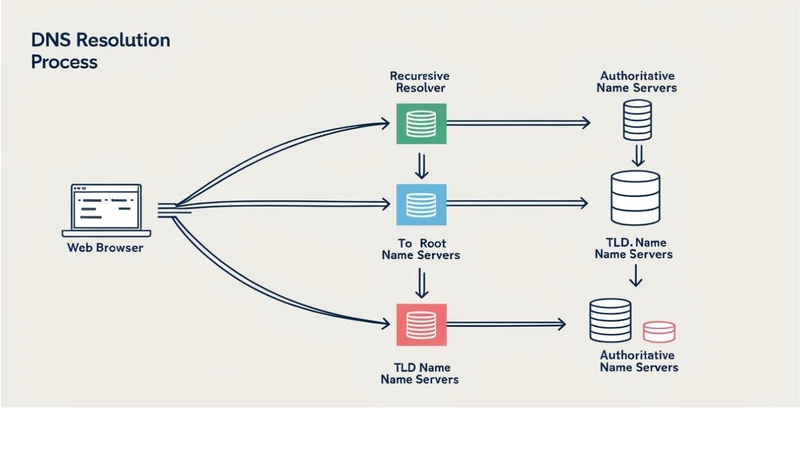













![[DEALS] Internxt Cloud Storage Lifetime Subscription: 10TB Plan (88% off) & Other Deals Up To 98% Off – Offers End Soon!](https://www.javacodegeeks.com/wp-content/uploads/2012/12/jcg-logo.jpg)


![Ditching a Microsoft Job to Enter Startup Purgatory with Lonewolf Engineer Sam Crombie [Podcast #171]](https://cdn.hashnode.com/res/hashnode/image/upload/v1746753508177/0cd57f66-fdb0-4972-b285-1443a7db39fc.png?#)














































































































































































































































![[Fixed] Gemini 2.5 Flash missing file upload for free app users](https://i0.wp.com/9to5google.com/wp-content/uploads/sites/4/2025/03/google-gemini-workspace-1.jpg?resize=1200%2C628&quality=82&strip=all&ssl=1)


![As Galaxy Watch prepares a major change, which smartwatch design to you prefer? [Poll]](https://i0.wp.com/9to5google.com/wp-content/uploads/sites/4/2024/07/Galaxy-Watch-Ultra-and-Apple-Watch-Ultra-1.jpg?resize=1200%2C628&quality=82&strip=all&ssl=1)











![Apple M4 MacBook Air Hits New All-Time Low of $824 [Deal]](https://www.iclarified.com/images/news/97288/97288/97288-640.jpg)
![An Apple Product Renaissance Is on the Way [Gurman]](https://www.iclarified.com/images/news/97286/97286/97286-640.jpg)
![Apple to Sync Captive Wi-Fi Logins Across iPhone, iPad, and Mac [Report]](https://www.iclarified.com/images/news/97284/97284/97284-640.jpg)
![Apple M4 iMac Drops to New All-Time Low Price of $1059 [Deal]](https://www.iclarified.com/images/news/97281/97281/97281-640.jpg)









































![Apple's 11th Gen iPad Drops to New Low Price of $277.78 on Amazon [Updated]](https://images.macrumors.com/t/yQCVe42SNCzUyF04yj1XYLHG5FM=/2500x/article-new/2025/03/11th-gen-ipad-orange.jpeg)







